Reviews
Attack of the Mushroom People
Ishiro Honda
Japan, 1963
Credits
Review by Sam Bett
Posted on 23 October 2010
Source bootleg DVD
Categories 31 Days of Horror VII
One summer day, a party of seven friends including a captain, a skipper, a professor, a movie actress and a girl-next-door set off on a sailing trip. When night falls they find themselves surrounded by fog, their ship tossed and turned by heavy seas and spun off course into unknown waters. In the morning they find their mast snapped in half like a toothpick, and discover they’ve washed into the harbor of an unfamiliar island. Once ashore, they find the heavily vegetated island devoid of any sign of human life, except for a beached wooden schooner that turns out to be a scientific survey vessel full of dusty specimens…
While initially Matango comes across as a Japanese ripoff of Gilligan’s Island, its formulaic plot setup derives more closely from Creature from the Black Lagoon, which shares its disproportionately male cast, bathing suit-clad females, and preoccupation with the futile struggle of Science to hold the natural world captive. A striking difference between the two films, however, is the shifting image of Matango’s monster. Unlike the Black Lagoon creature, whose face is so iconic that it still shows up in costume stores as a Halloween mask, Matango has no single face. While always some form of fungus, it is manifested variously throughout the film as a mushroom, a bipedal monster, and a humanoid zombie.
Our first glimpse of the “monster” comes when the party first enters the abandoned research vessel, and two of the men force open a steel chest to reveal a few extremely large, fat toadstools the size of fire hydrants. While the crate is labeled MATANGO, these mushrooms aren’t exactly monsters. Later, the crew is visited by a sleepy zombie like figure whose inflamed skin appears to be infested with a fungus. This “monster” - who we are to ascertain as a member of the research vessel’s crew who has succumbed to Matango - doesn’t appear to attack the sailing party, since the scene cuts after his appearance and leads to one in which no character appears to be injured or absent. Towards the end of the film, a group of ungainly bipedal mushrooms reminiscent of the evil trees in H.R. Pufnstuf do in fact attack one of the crew members. This brief assault, however, is insignificant in power to the fatal allure of the mushrooms that grow wild all over the island, which tempt the starving crew members into deciding, one by one, to consume the mushrooms despite unanimous initial suspicion of their poisonousness.
Hunger is arguably the real monster in Matango. Figures discernible as “monsters” appear in only one or two minutes of the film’s hour and a half runtime. In contrast, the crew is starving for most of the story. If monsters were the point of the film, they would make a more extended appearance. Despite Matango’s American subtitle Attack of the Mushroom People, the majority of nervous tension in the film is rooted not in physical attacks, but in paranoia and disorientation among the crew, both of which are caused by hunger and the primal brutality it breeds among the party. The predominance of psychological turmoil over scary monsters makes Matango more of a horror thriller than a strictly sensational monster movie, although for those overly accustomed to lifelike special effects the campiness of its limited monster footage may undermine the film’s bleak seriousness.
Still, the monster effects of Matango are hardly laughable. While the puppet-like, bumbling mushroom-trees bear little resemblance to any real life physical threat, their lack of realism is precisely what makes them disturbing. Today’s CGI-dominated film industry seems to have lost confidence in the potency of lo-fi special effects. The original Godzilla, which shares its director with Matango, may boast what were state of the art effects for its day, but its capacity to frighten us is grounded in the unreality of its monster. Perhaps there is a special synergy produced between imperfect special effects and the fantastical monsters they depict; in their artificiality, these monsters somehow look very real to us. Beneath our remarks to friends about how the fungus infected zombie in Matango looks like his skin is made from egg crate foam, we just might feel an undercurrent of fear and genuine horror at the prospect of hunger turning us into a monster like this.
More 31 Days of Horror VII
-

The Thin Blue Line
1988 -

The Ninth Configuration
1980 -

Scream
1996 -
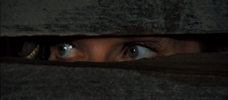
Dying Room Only
1973 -

Brain Dead
1990 -
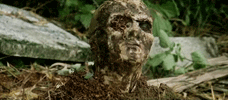
Zombi 2
1979 -
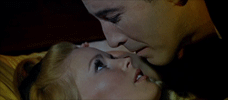
Dracula Has Risen from the Grave
1968 -

The Storyteller
1988-1989 -
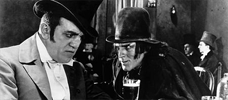
Dr. Jekyll and Mr. Hyde
1920 -
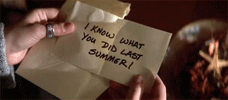
I Know What You Did Last Summer
1997 -
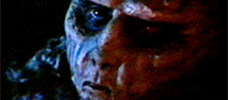
Don’t Be Afraid of the Dark
1973 -
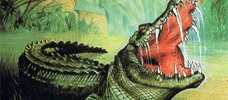
Dark Age
1987 -
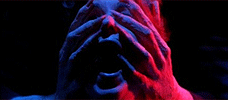
Inferno
1980 -
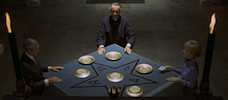
To the Devil a Daughter
UK / West Germany -
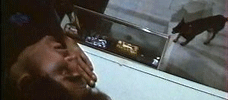
Trapped
1973 -
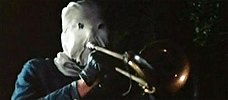
The Town that Dreaded Sundown
1976 -
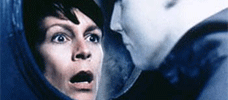
Halloween H20: Twenty Years Later
1998 -

Killdozer
1973 -
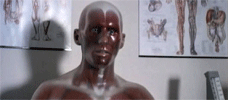
Pin
1989 -
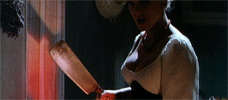
Frankenstein Created Woman
1967 -
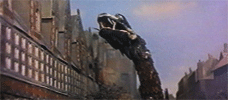
Reptilicus
1961 -
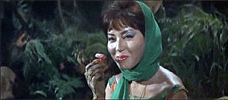
Matango
1963 -

I Still Know What You Did Last Summer
1998 -
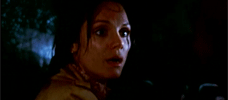
Night Terror
1977 -
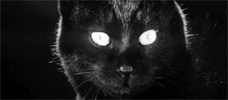
Kuroneko
1968 -

Demons
1985 -
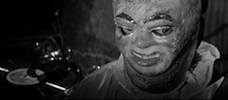
Paranoiac
1963 -
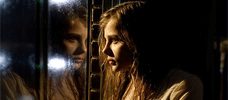
Let Me In
2010 -

The Phantom of the Opera
1925
We don’t do comments anymore, but you may contact us here or find us on Twitter or Facebook.



